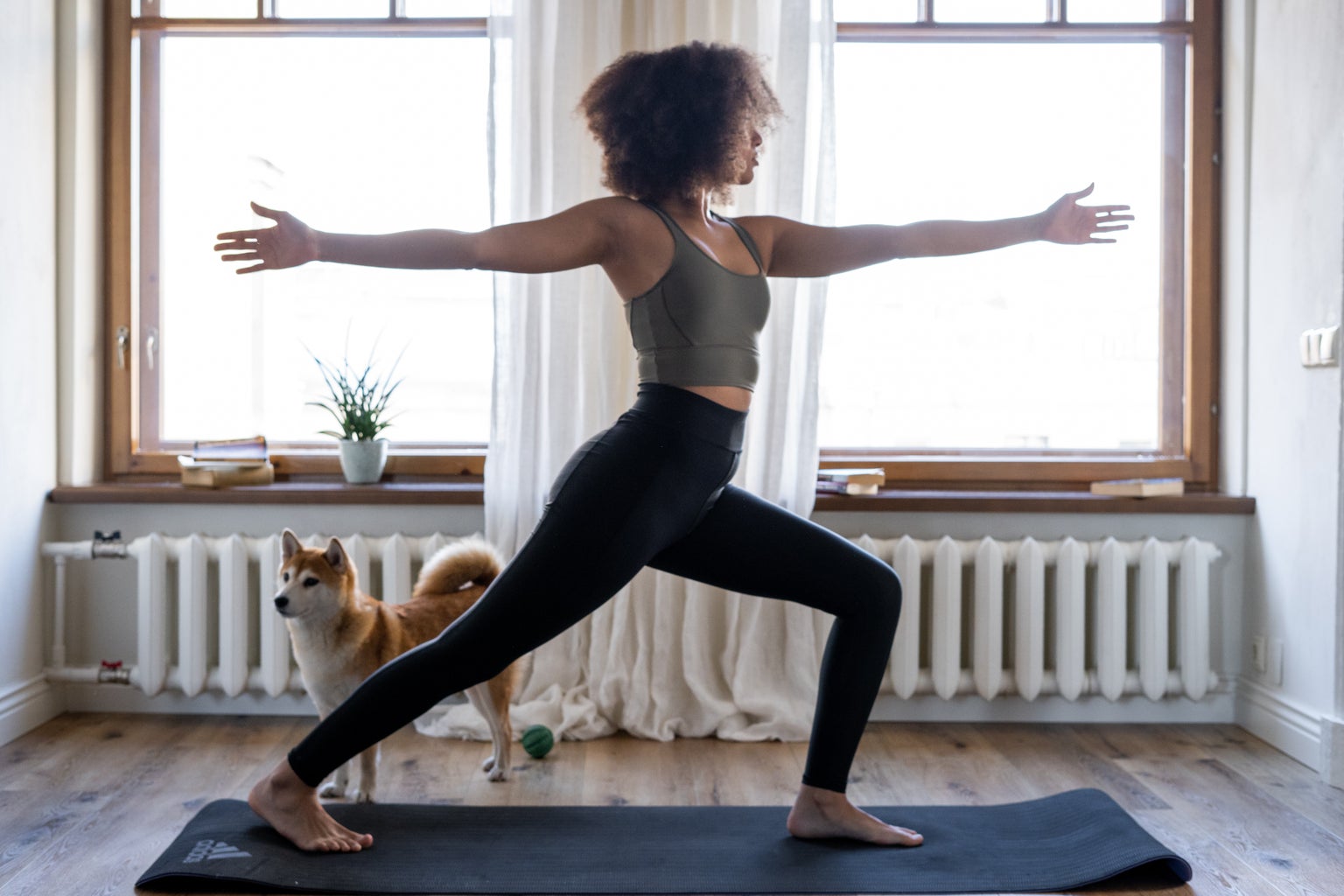If you’re anything like me, you may notice your mood and overall mindset begin to decline as the weather gets cold and the hours of sunlight in a day dwindle. This phenomenon is known as Seasonal Affective Disorder, or SAD. SAD affects 1-3% of the general population, but your chances of being affected are higher if you have an underlying depressive disorder or you’re a woman. I fall into both of those categories, and as I’ve gotten older I’ve begun to notice a pattern of worsening symptoms around October or November, when the time changes and Michigan begins to head into winter. I begin to feel unmotivated and depressed, and don’t have the energy to live my life to the fullest. I’ve found that if I prepare myself ahead of time, it’s a lot easier to stay on top of my mental health and have a better fall and winter–which is important in Michigan, since that season feels like it makes up most of the year. By focusing on small, daily tasks, it’s easier to successfully manage common symptoms of SAD.
Go Outside
Even if it isn’t sunny, being outside during the day is a good way to get vitamin D, as well as to simply improve your mental state. This can be difficult to do when it’s frigid and going anywhere involves trekking through the snow, but it helps to find winter activities that you enjoy doing. And finding the right cold weather gear can make all the difference. As the popular saying goes, “there’s no such thing as bad weather, just bad clothing.” By investing in high quality outdoor gear–I’ve found that jackets, gloves, socks, and boots are the most important items in this regard–being outside in the winter can actually be really fun. I like to ski, ice skate, snowmobile, sled, and hike, and all of these activities are of course more fun when done with friends or loved ones. You can also appeal to your inner child by recruiting people to have a snowball fight or make a snowman. And as an added bonus, you can treat yourself to a yummy hot drink or soup once you’re done.
Take Vitamin D Supplements or Eat Vitamin D-Rich Foods
Not everyone needs to take vitamin D during the winter months, but if you notice that you have low energy or little interest in doing things, you may not be getting enough because of the lack of sunlight. In my experience, taking vitamin D when I can’t get enough of it naturally gives me an added boost of energy every day, which helps me be more productive and feel better mentally. As with any supplement, you should talk to your doctor about whether it would be helpful for you. If you don’t want to take a supplement, you could also try including foods high in vitamin D into your diet. These foods include salmon (especially wild-caught), cod liver oil, egg yolks, or even vitamin D fortified foods such as milk, cereal, or orange juice. Since lower levels of vitamin D are a big contributor to SAD, this makes a big difference in how you feel throughout the winter season.
Exercise
Although working out is a good thing for your mental health year-round, it can be especially helpful in the winter by increasing endorphins. I personally have a hard time exercising outside when it’s cold because it hurts my lungs, so it’s a good time for me to invest in a gym membership or packs of workout classes. If that isn’t in your budget, it can be just as effective to get a yoga mat and a pair of weights and do workout videos from home. I especially like to do hot yoga during the cold months; it’s a great way to move my body, and I can pretend I’m on vacation somewhere warm for an hour or two. Even going for a brisk walk outside can energize and motivate you for the rest of the day, and regular exercise helps you sleep better as well.
Lean Into Cozy Activities
Even though the lack of sunlight makes winter challenging for me, I also love the holiday season and the activities that can only be done when it’s cold and dreary outside. Winter is a great time to recharge, slow down, and get in touch with your creative side. Set the atmosphere by lighting a candle or two, using soft, warm ambient lighting, and getting comfortable in warm clothes and cozy blankets. Depending on your interests, you could get into baking, art projects, journaling, TV shows and movies, reading, or any other indoor activity that sounds like fun. My goal this winter is to re-learn how to knit, since that’s a fun craft I can do while watching a TV show or movie and is an opportunity to make unique Christmas gifts. You could include your friends or family in these activities by creating a book club or organizing a craft night.
Use a Sunrise Alarm or Light Therapy
Michigan winters tend to feel neverending, especially when it’s been weeks since you’ve seen the sun. Luckily, we live in a time when technology can supplement nature when needed. Many companies make different types of lights and alarm clocks that simulate natural light to regulate your circadian rhythm during the winter months. My mom uses a light therapy box that emits a bright light over timed intervals, usually around 20-30 minutes a day. This is something you could easily do while sitting at your desk doing homework, and it’s a great way to help alleviate symptoms of SAD. An alternative to light therapy is to simply use a light alarm that mimics the sunrise, so that waking up in the morning when it’s dark, cold, and cloudy is a bit less difficult. These alarms use progressively brighter light to slowly and gently wake you from deep sleep without disrupting your circadian rhythm. Light therapy is one of the main clinical treatments for SAD, and luckily you can find many versions online that won’t break the bank.




